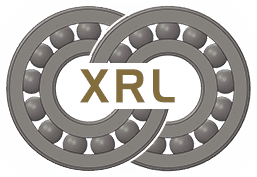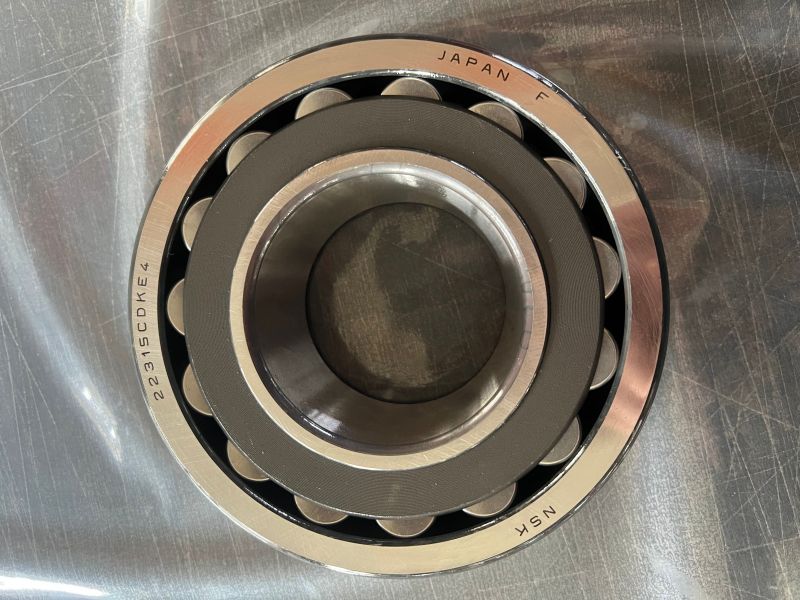Whenever current passes through an insulated rolling bearing for a motor, it may pose a threat to the reliability of your equipment. Electrical corrosion can damage bearings in traction motors, electric motors and generators and reduce their performance, leading to costly downtime and unscheduled maintenance. With its latest generation of insulated bearings, SKF has raised the performance bar. INSOCOAT bearings improve equipment reliability and increase equipment uptime in electrical applications, even in the most challenging environments.
Effects of Electrical Corrosion In recent years, the demand for SKF insulated bearings in motors has increased. Higher motor speeds and the wider use of variable frequency drives mean that adequate insulation is needed if damage from current flow is to be avoided. This insulating property must remain stable regardless of the environment; this is a specific issue faced when bearings are stored and handled in humid environments. Electric corrosion damages bearings in the following three ways: 1. High current corrosion. When current flows from one bearing ring through the rolling elements to another bearing ring and through the bearing, it will produce an effect similar to arc welding. A higher current density forms on the surface. This heats the material to tempering or even melting temperatures, creating faded areas (of varying sizes) where the material is tempered, re-quenched or melted, and pits where the material melts.
Current Leakage Corrosion When current continues to flow through a working bearing in the form of an arc, even with a low density current, the raceway surface will be affected by high temperatures and corrode, because thousands of micro-pits are formed on the surface (mainly distributed in on the rolling contact surface). These pits are very close to each other and have a small diameter compared to corrosion caused by high currents. Over time, this will cause grooves (shrinkage) in the raceways of the rings and rollers, a secondary effect. The extent of damage depends on several factors: bearing type, bearing size, electrical mechanism, bearing load, rotational speed and lubricant. In addition to damage to the bearing steel surface, the performance of the lubricant near the damaged area may also degrade, eventually leading to poor lubrication and surface damage and peeling.
The local high temperature caused by electric current can cause the additives in the lubricant to be scorched or burned, causing the additives to be consumed faster. If grease is used for lubrication, the grease will turn black and hard. This rapid breakdown greatly shortens the life of the grease and bearings. Why should we care about humidity? In countries such as India and China, wet working conditions present another challenge for insulated bearings. When bearings are exposed to moisture (such as during storage), moisture can penetrate the insulating material, reducing the effectiveness of electrical insulation and shortening the service life of the bearing itself. Grooves in the raceways are usually secondary damage caused by destructive current passing through the bearing. Micro-pits caused by high-frequency current leakage corrosion. Comparison of balls with (left) and without (right) microdimples Cylindrical roller bearing outer ring with cage, rollers and grease: current leakage causes burning (blackening) of the grease on the cage beam
Post time: Oct-25-2023

